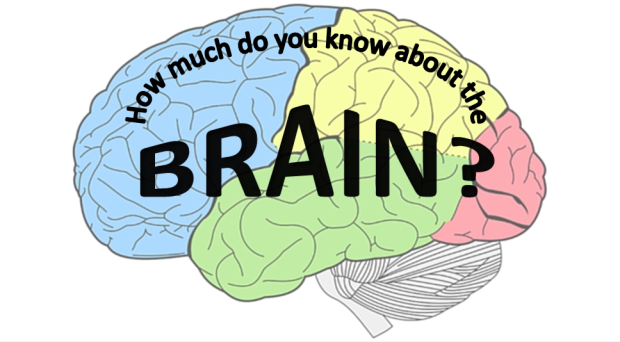
[slickquiz id=5]
See what else we’re doing in support of Brain Awareness Week here.
Latest posts by Thomas Appleyard (see all)
- The role of APOE4 during the earliest stages of Alzheimer’s disease. A Q&A with Professor Guojun Bu - 15th November 2016
- Evolution and cancer: A mathematical biology approach II - 23rd August 2016
- Quiz: Test your (action) potential! - 14th March 2016
One Comment